Peace and Disarmament Education Efforts by UN Funds, Programmes and Agencies
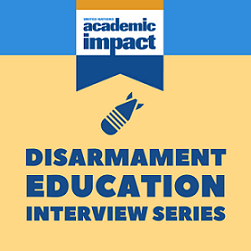
UN Academic Impact Disarmament Education Interview Series
Since its founding, the United Nations has given the highest priority to reducing and eventually eliminating weapons of mass destruction, including nuclear, biological and chemical weapons, as well as controlling small arms and light weapons. With the rapid development of information and communications technology, the emergence of new concepts of security and threat, and the largest generation of young people in history, the need for education in disarmament and non-proliferation has never been greater. In our latest series, United Nations Academic Impact (UNAI) talks to experts and youth about disarmament and peace education resources created by the United Nations and educators for students, and how such tools motivate and inspire young people to take concrete action in support of disarmament.
Go to website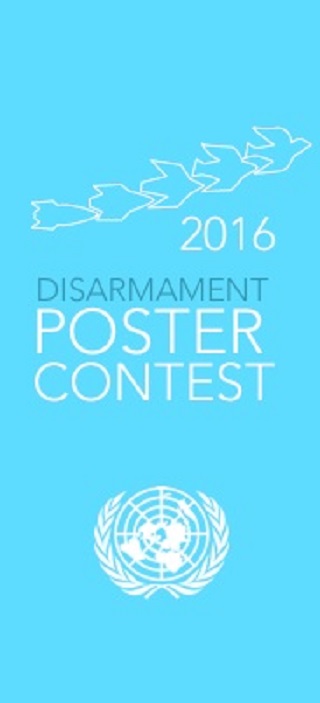
Poster for Peace
In partnership with the Office of the President of the General Assembly of the United Nations, the United Nations Foundation, the World Federation of the United Nations and United Nations Academic Impact, UNODA organized the Poster for Peace contest to raise awareness of the need for nuclear disarmament and to inspire citizens across the globe to use their artistic talents to promote a world free of nuclear weapons. The contest was created to commemorate the seventieth anniversary of the first United Nations General Assembly resolution, adopted on 24 January 1946, which established the goal of eliminating atomic weapons and all other major weapons of mass destruction.
Go to website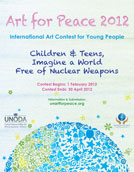
Art for Peace
The Art for Peace Contest (February - April 2012) was co-sponsored by the United Nations Office for Disarmament Affairs and the Harmony for Peace Foundation. The contest was administered entirely on-line. It provided a platform for children and teens the world over to use their creative talents to imagine a World Free of Nuclear Weapons, to be agents of change who would demonstrate their capacity and make their mark using their imaginations, their paintbrushes, and the power of the internet. During the contest period, there were 6,623 entries from children and teens in 92 countries. An award ceremony was held on 23 October 2012 at the United Nations with the Secretary-General.
Go to website
Poetry for Peace
In 2011, a social media Poetry for Peace contest invited the world to hear the testimonies of atomic bomb survivors, called HIBAKUSHA, and respond to their stories in verse. Seven hundred and forty-one poems were submitted, some echoing the pain of the victims, others calling for nuclear disarmament and almost all crying out for peace. The contest brought poets from all over the world together for the sake of peace. Three winners were announced on 25 October 2011 at a ceremony at the United Nations Headquarters in New York.
Go to website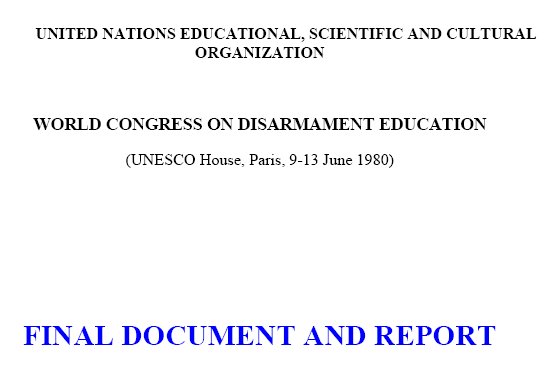
World Congress on Disarmament Education
The World Congress on Disarmament Education was convened by the Director-General of UNESCO in pursuance of decision 7.1.2 adopted by the Executive Board of UNESCO at its 105th session and of resolutions 3/2.1/2 and 11.1 adopted by the General Conference at its twentieth session. The Congress took place at UNESCO Headquarters in Paris from 9 to 13 June 1980.
Download PDF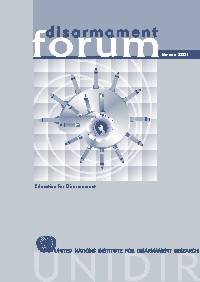
UNIDIR Disarmament Forum - Education for Disarmament
A special edition of Disarmament Forum is dedicated to an exploration of previous disarmament education initiatives and potential future directions. Looking broadly at peace education and disarmament education as well as formal education and non-formal activities, it focuses on the question of "what sort of education," and "for whom." This publication contains contributions from some of the most respected thinkers in the field.
Go to website
WomenWarPeace
Women, War and Peace, sponsored by UNWomen is intended to address the lack of consolidated data on the impact of armed conflict on women and girls as noted by Security Council resolution 1325 (2000). By no means exhaustive, it is meant to serve as a centralized repository of information from a wide variety of sources, with references to reports and data from the UN system along with information and analysis from experts, academics, NGOs and media sources.
Go to website
Culture of Peace (UNESCO)
As defined by the United Nations, the Culture of Peace is a set of values, attitudes, modes of behaviour and ways of life that reject violence and prevent conflicts by tackling their root causes to solve problems through dialogue and negotiation among individuals, groups and nations (UN Resolutions A/RES/52/13, Culture of Peace; and A/RES/53/243, Declaration and Programme of Action on a Culture of Peace).
Go to website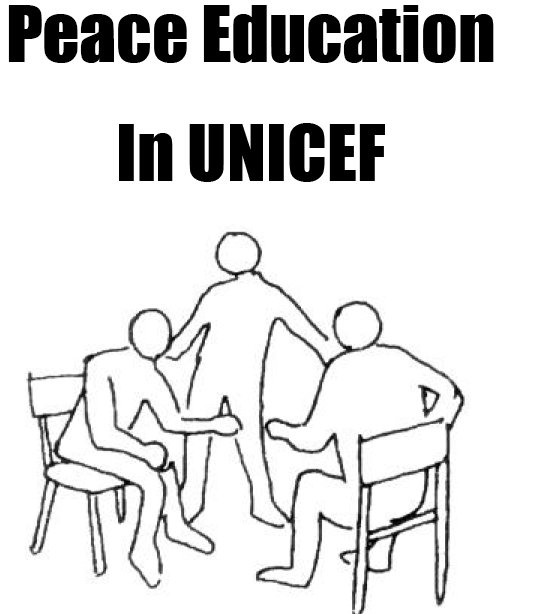
Peace Education in UNICEF
UNICEF believes that Peace Education is an essential component of quality basic education. The document defines peace education as the process of promoting the knowledge, skills, attitudes and values needed to bring about behaviour changes that will enable children, youth and adults to prevent conflict and violence, both overt and structural; to resolve conflict peacefully; and to create the conditions conducive to peace, at all levels: intra-personal, inter-personal, inter-group, national and international.
Download PDF
University for Peace
University for Peace was established in December 1980 as a Treaty Organization by the UN General Assembly. As determined in the Charter of the University and endorsed by the UPEACE Council, the mission of the University for Peace is: "to provide humanity with an international institution of higher education for peace with the aim of promoting among all human beings the spirit of understanding, tolerance and peaceful coexistence, to stimulate cooperation among peoples and to help lessen obstacles and threats to world peace and progress, in keeping with the noble aspirations proclaimed in the Charter of the United Nations."
Go to website